
Robert Just from CCB Toronto Visionaries Chapter had the opportunity to be interviewed all about White Cane Week on Manitoba Morning. You can find their conversation below. It has been broken into to parts to make the download shorter.


Canadian Council of the Blind Is the Voice of the Blind in Canada™

Robert Just from CCB Toronto Visionaries Chapter had the opportunity to be interviewed all about White Cane Week on Manitoba Morning. You can find their conversation below. It has been broken into to parts to make the download shorter.

It is with great honour that I wish to congratulate the many Chapters who took the opportunity of White Cane Week 2023, to celebrate their abilities. I have personally been involved with many different activities; but it is always gratifying to me to see the many powerful ways our grass root Chapters partake to truly identify what White Cane Week continues to stand for, a celebration of abilities that we should all be proud of.
Thank you to everyone for your contributions, as you continue to make us proud as an Organization.
Jim Tokos
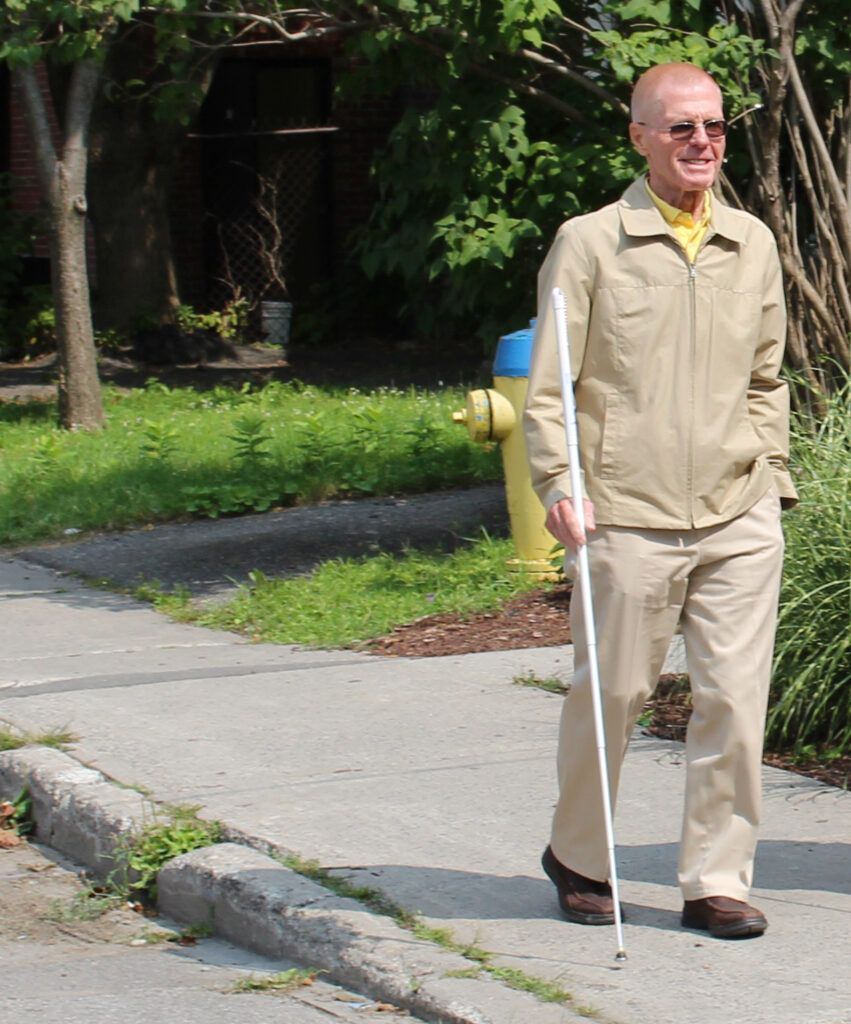

Today, technology helps those who are blind/low vision to live full, independent lives.
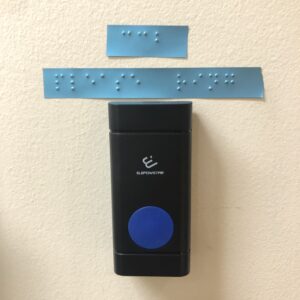
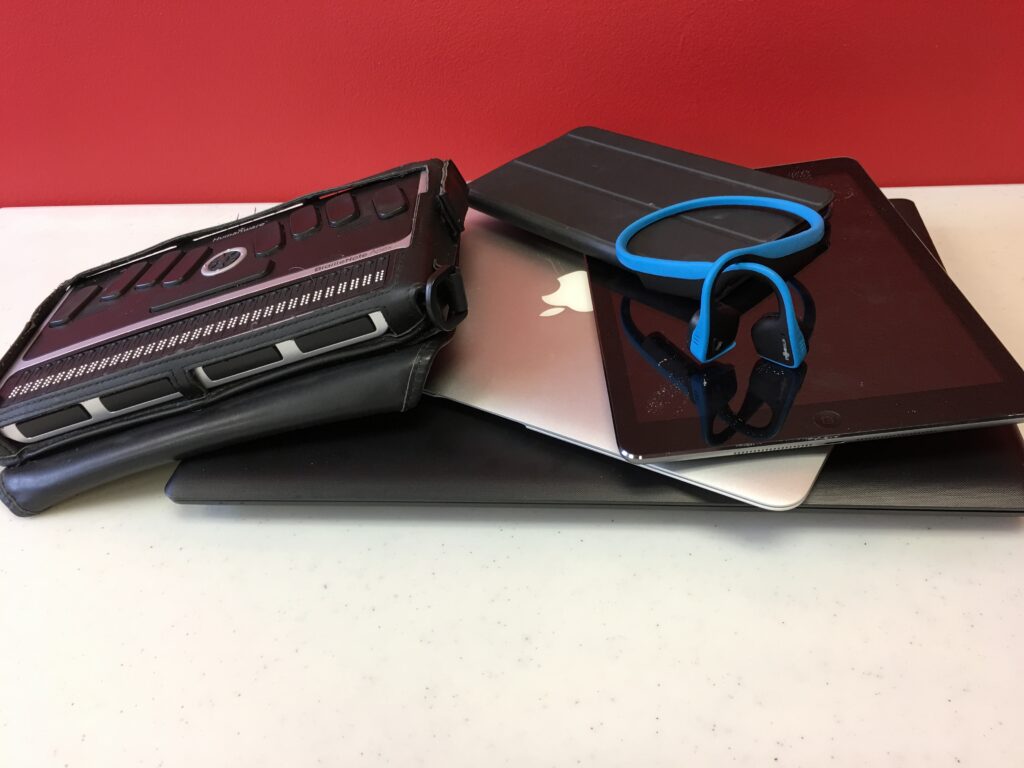

Just like people with sight, those who are blind or have low vision participate in a variety of sports! This isn’t a full list of course. Do you participate in a sport not listed? Please comment on our social media posts to spread the word.
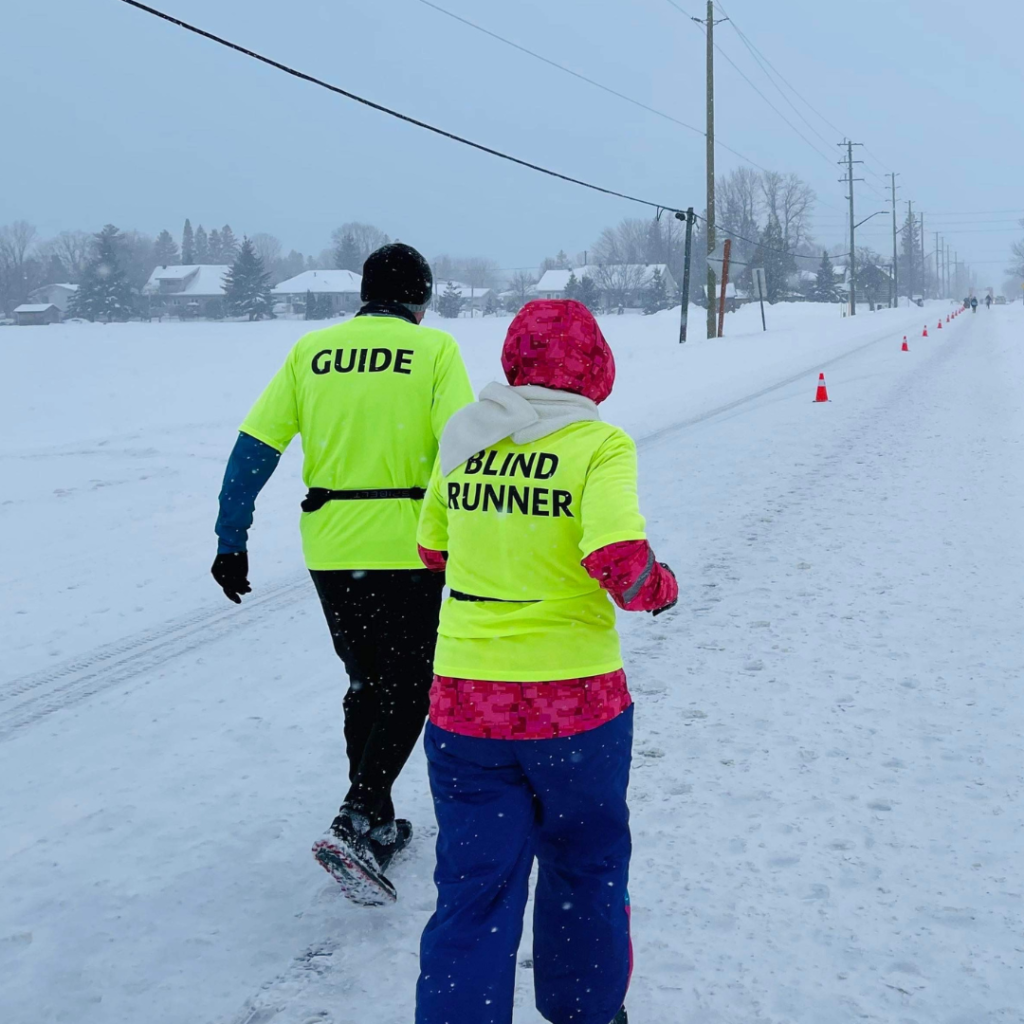

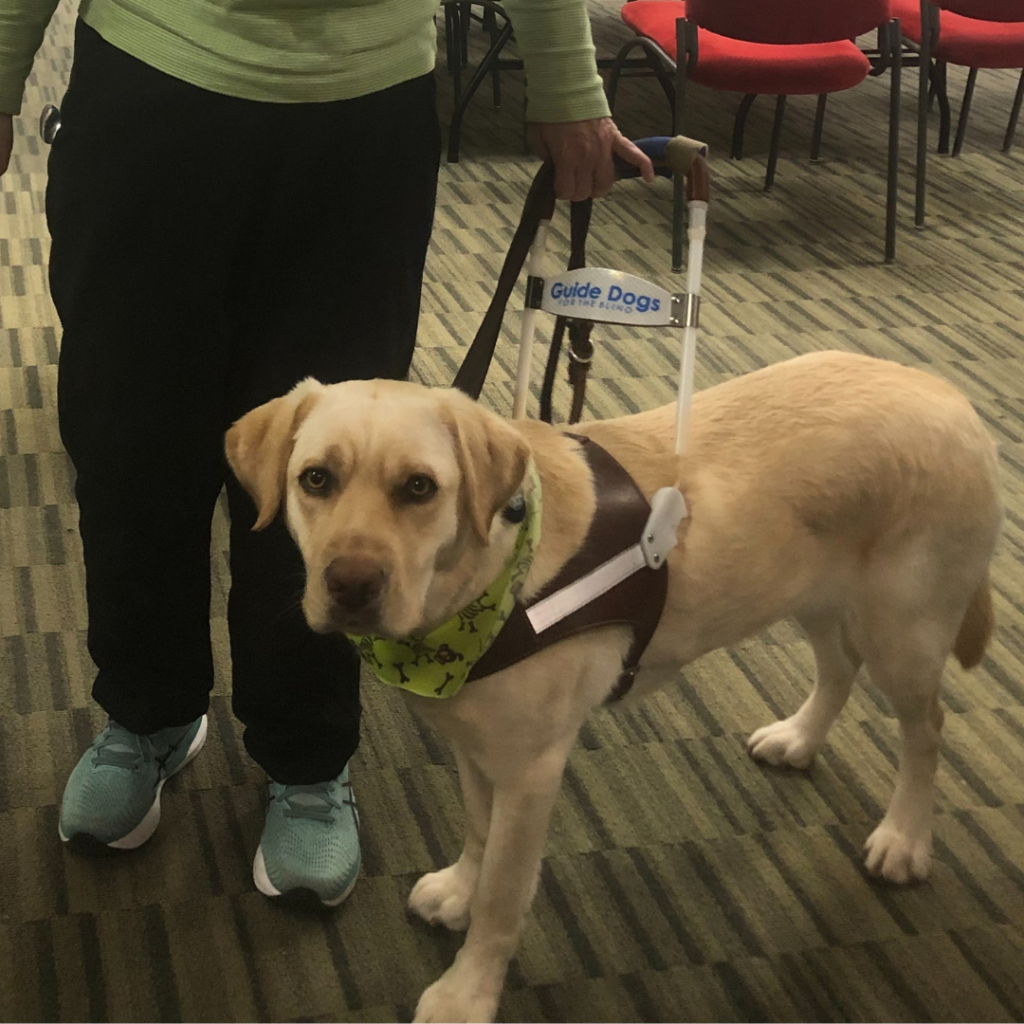
Guide dogs and their handlers navigate the world as a team. These loyal furry friends aren’t just cute, they make our lives easier and bring comfort to our hearts.
If you encounter a handler and their guide dog, please follow proper etiquette to ensure the safety of the guide dog team:
Harness on means hands off. A guide dog in harness means “I’m working.” Petting or talking to the dog can take the guide dog’s focus off its partner, and the potential for injury increases.
If the dog is not working, the guide dog handler may decide to remove the harness and let you pet the guide dog. Always ask the handler permission, before you pet the dog.
Don’t feed them. Offering food to the dog can lead to disruptive behaviours, like begging for food and scavenging off the ground.
If you’re walking your pet and approach a guide dog team, keep your dog away to avoid a distraction for the guide dog and possible harm to the guide dog user. When approaching a guide dog team with your dog, clearly notify the handler and say, “I’m passing on your left and I have a dog with me.”
There is time for play! Guide dogs don’t wear their harness at home, where they are not working, and get to be a “pet” dog. This is their time to play, run around, relax, and get lots of belly rubs!

CCB Peterborough Chapter presents this very informative interview all about different white canes in honour of White Cane Week 2023. The video features Devon Wilkins and Leslie Yee.
You can watch the video on their webpage, here:
The video will play on their page.

Here are some things to keep in mind when interacting with someone who is using a white cane.
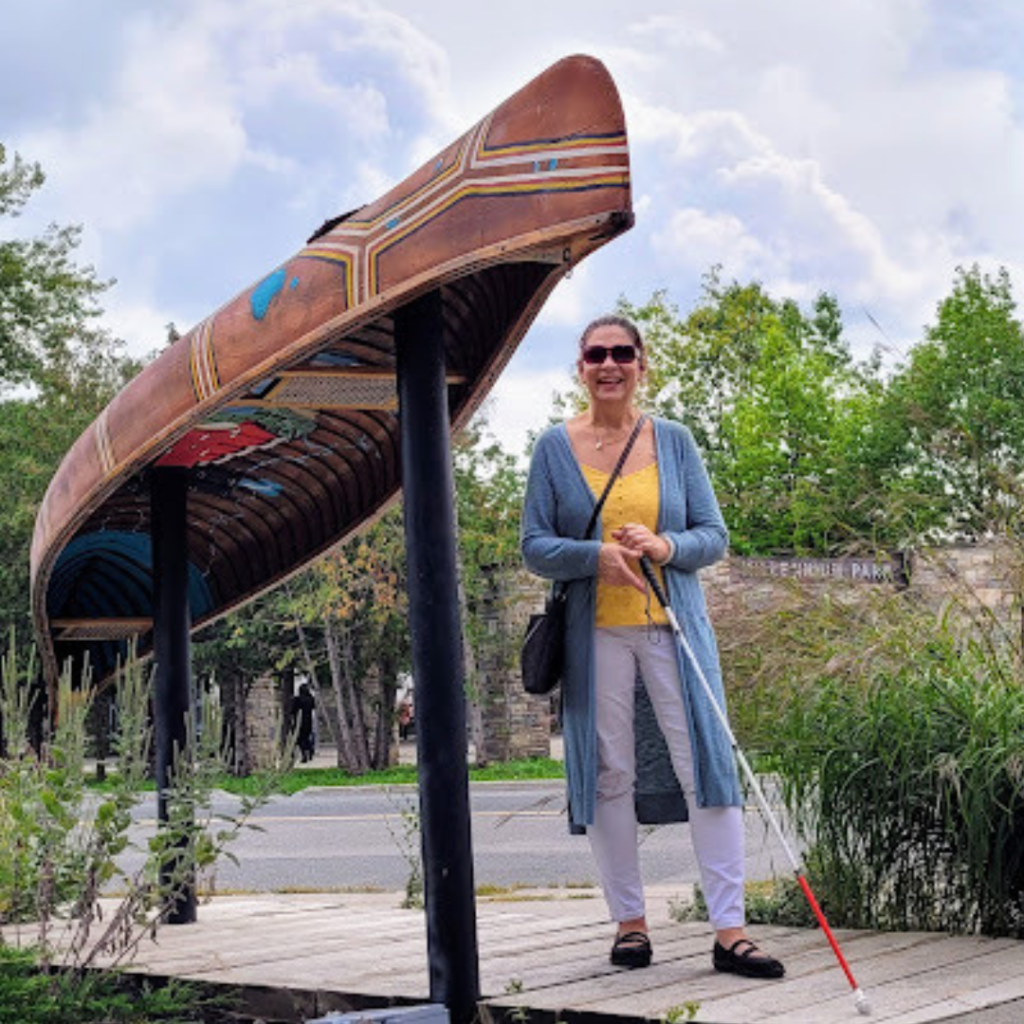
Many people can get around safely and independently with a white cane and do not need any assistance. If you would like to offer assistance to someone using a white cane:
1. Please ask if they need help.
2. Listen to how they respond.
3. Do not offer assistance if they do not need it
4. If they would like help, ask how you may be of assistance, and provide help according to what they say.

Did you know that there are different kinds of white canes?
These are used to identify their users with no or low vision. They are small and light, and can be folded up when not in use.
Generally extend from the floor to the user’s waist, providing information about surroundings around a step ahead. It can be used to scan for curbs and steps. The guide can also be used diagonally across the body for protection, warning the user of obstacles immediately ahead. They too can be folded up when not in use.
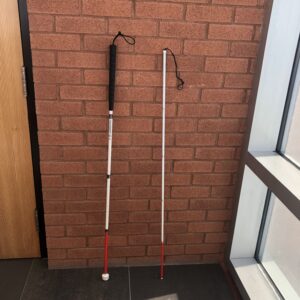
Designed primarily as a mobility tool used to detect objects and provide information about the environment to the user about two steps ahead of them. The cane’s length depends on the user’s height, and traditionally extends from the floor to the user’s sternum. It differs from the guide cane in that a long cane’s end has a tip of some kind – either rolling or pointed.
These canes do not typically fold up. They help people with both vision and mobility issues by providing extra support for getting around
White canes are typically all white, with a red section at the bottom, but some people have personalized their cane in different colours. The white cane with a red base is the most widely recognized worldwide.

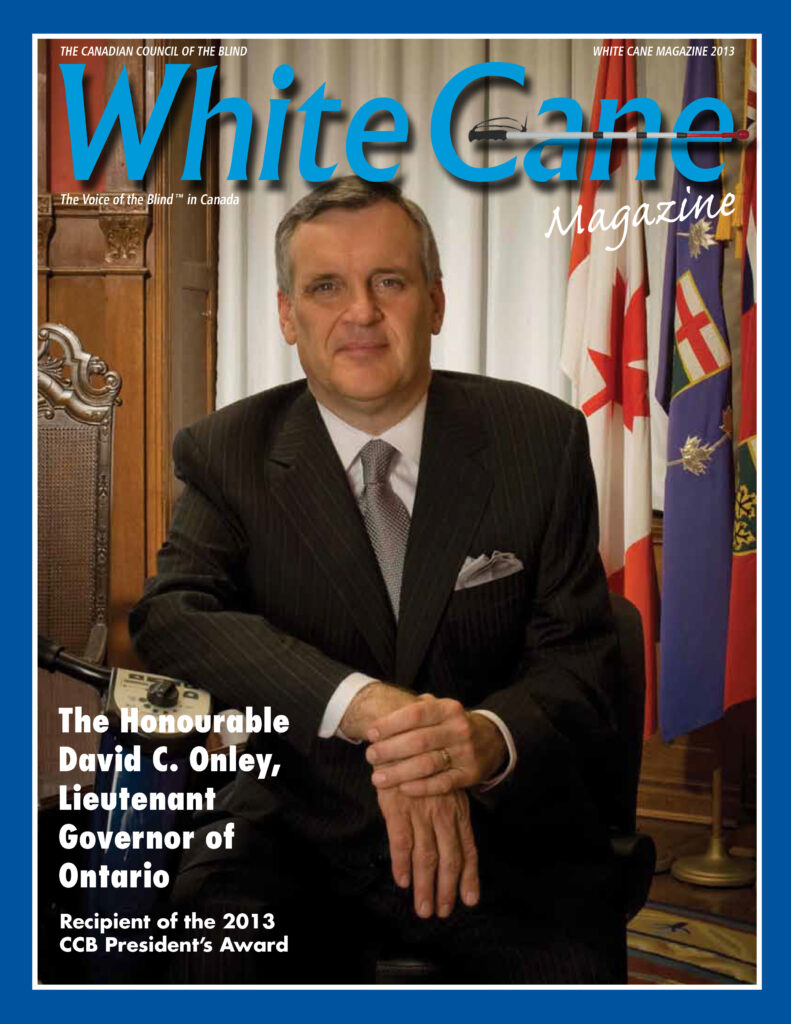
It is with great sadness that we inform the community of the passing of former Ontario Lieutenant Governor David Onley. Onley was a close friend and patron of the CCB and was awarded the President’s Award in 2013. As Lieutenant Governor, David was a strong voice for tearing down the many barriers still impeding people with disabilities.
Quoting past CCB President Louise Gillis, “His appointment and goals while in office inspired all Canadians with disabilities, including the blind, deaf blind and people with low vision. During his term in office, he was recognized for bringing the issue of disability more to the forefront of the Canadian social agenda.”
Remembering David Onley fondly, our deepest sympathies go out to his family and friends.

NNELS, CCB, BLC, CELA, PRCVI and AERO are working together to bring a month-long celebration of braille! This month’s long event will highlight various aspects of braille learning, including fun activities.
To learn more about each event and registration, please visit https:// nnels.ca /world-braille-days-wbd-2023